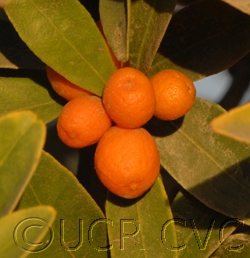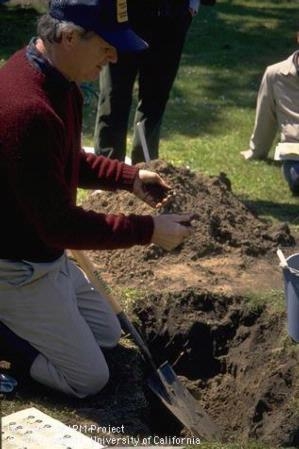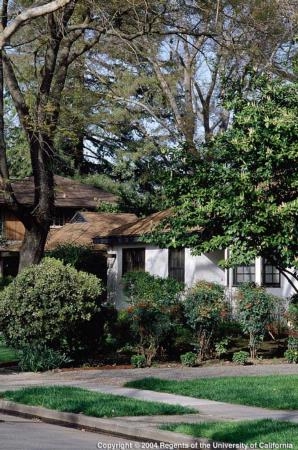
Posts Tagged: landscape professionals
Soil Education
Soils perform vital functions, and are the basis of the ecosystem. Healthy and productive soil is vital for our survival. It is an amazing resource and fascinating to learn about.
The Natural Resources Conservation Service (NRCS) has a great collection of informative and inspirational soil topics. All NRCS resources are free. They include:
- Soil facts – definitions, career information, soil basics, glossary, and regulations for moving soils
- Painting with soil – Jan Lang’s images of the Lewis and Clark Expedition
- 10 key messages to understanding soils
- Find out about your state’s soil
- Links for students and teachers – available for grades K-6, 7-12, and college level
- Videos and webinars
- Dig It! The Secrets of Soil
- NRCS photo gallery – natural resource and conservation related photos from across the United States
- And more
Estimating landscape irrigation needs
Our office has recently been receiving calls about water bills and landscape plants. The rising cost of water will only continue to influence plant choices as we move forward.
UC’s A Guide to Estimating Irrigation Water Needs of Landscape Plantings in California: The Landscape Coefficient Method and Water Use Classification of Landscape Species is a helpful resource and can be accessed online in its entirety.
Color photos, tables, and fully explained formulas can be found throughout this highly organized 160 publication. Chapters include:
- Estimating water requirements for crops and turf
- Estimating water needs for landscape plantings
- Using the landscape coefficient formula
- Using the landscape coefficient to estimate landscape evapotranspiration
- Irrigation efficiency and calculating the total amount of water to apply
- Putting it all together: A worksheet for calculations
- Using water estimates in landscape planning and management
- Special planting situations
Asian Citrus Psyllid host plants
Asian citrus psyllid, has not recently received much attention in the news media. However the pest, and the deadly bacterial disease it can carry, are still of great concern.
The Asian citrus psyllid (ACP) has now been found in eight California counties. Quarantines are in place. The psyllid by itself is not much of a problem; it is its ability to spread the fatal disease that has the potential to devastate both the California citrus industry and backyard citrus throughout the state.
Huanglongbing (HLB) is the name of the disease ACP can carry. Citrus and closely related plants are at risk. The disease is transmitted between plants by the psyllid. The psyllids transmit the disease to healthy plants and trees. After feeding on an infected plant, the ACP will transmit HLB to every other plant it feeds on.
While much outreach has focused on citrus trees, it is important to remember there are other plants that can host both ACP and HLB. This list from the University of Florida provides both the common and Latin plant name for many known hosts. Hosts include: curry leaf, ornamental orange-jasmine, and all the varieties of citrus, including kumquat, mandarin, grapefruit, orange and all of their hybrids.
Please remember to check your citrus and closely related plants regularly for signs of ACP or HLB. General information about this pest disease complex can be found on this section of the CDFA website. For local updates, the Ventura County ACP Task Force is a great source of information.
Yellowjackets and other social wasps
There are a large number of wasp species in California. Only a few species live a social life. Some of these wasps perform a great service by killing large numbers of plant-feeding insects and nuisance flies.
Left on their own, wasps are not a problem. They become a problem when they sting, or threaten to sting humans. Luckily there are steps to take to reduce the potential for interactions with these potential pests. UC ANR’s Yellowjackets and other social wasps publication can help.
Topics include:
- Identification and life cycle
- Injury or damage
- Management
Removing Honey Bee Swarms and Established Hives
Recently our office has received many calls about bee swarms. These calls are typical at this time of year. Each swarm can contain 5,000 to 20,000 bees.
Understandably bee swarms can cause uneasiness to residents unfamiliar with honey bees. While the swarms might seem frightening, the common honey bee is extremely docile. Unless they feel threatened they are unlikely to react defensively.
Swarming bees are in search of a new home. Honey bees prefer dark cavities with an easily defendable entrance at least 9 feet from the ground. Hollowed out trees are ideal sites, but other favored sites include: inside walls of houses, in or around chimneys, in outbuildings, fences, shrubs, water meters, utility boxes, barbecue grills, or under decks.
To learn more about honey bee swarms and hives, please see UC’s Removing Honey Bee Swarms and Established Hives.
Topics include:
- What is a bee swarm?
- Damage
- Swarm clusters
- Preventing establishment of a colony in your home
- Removing established colonies from your home
- Preventing future invasions
- Finding professionals to assist with colony extractions





